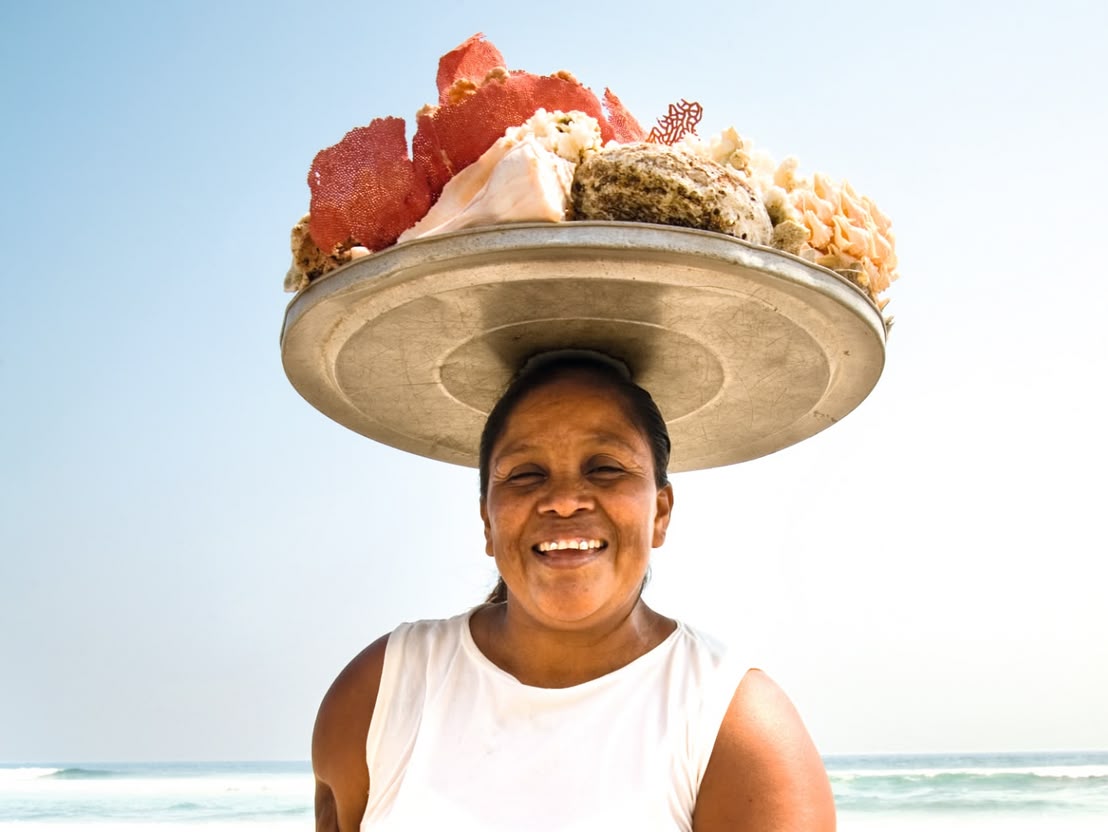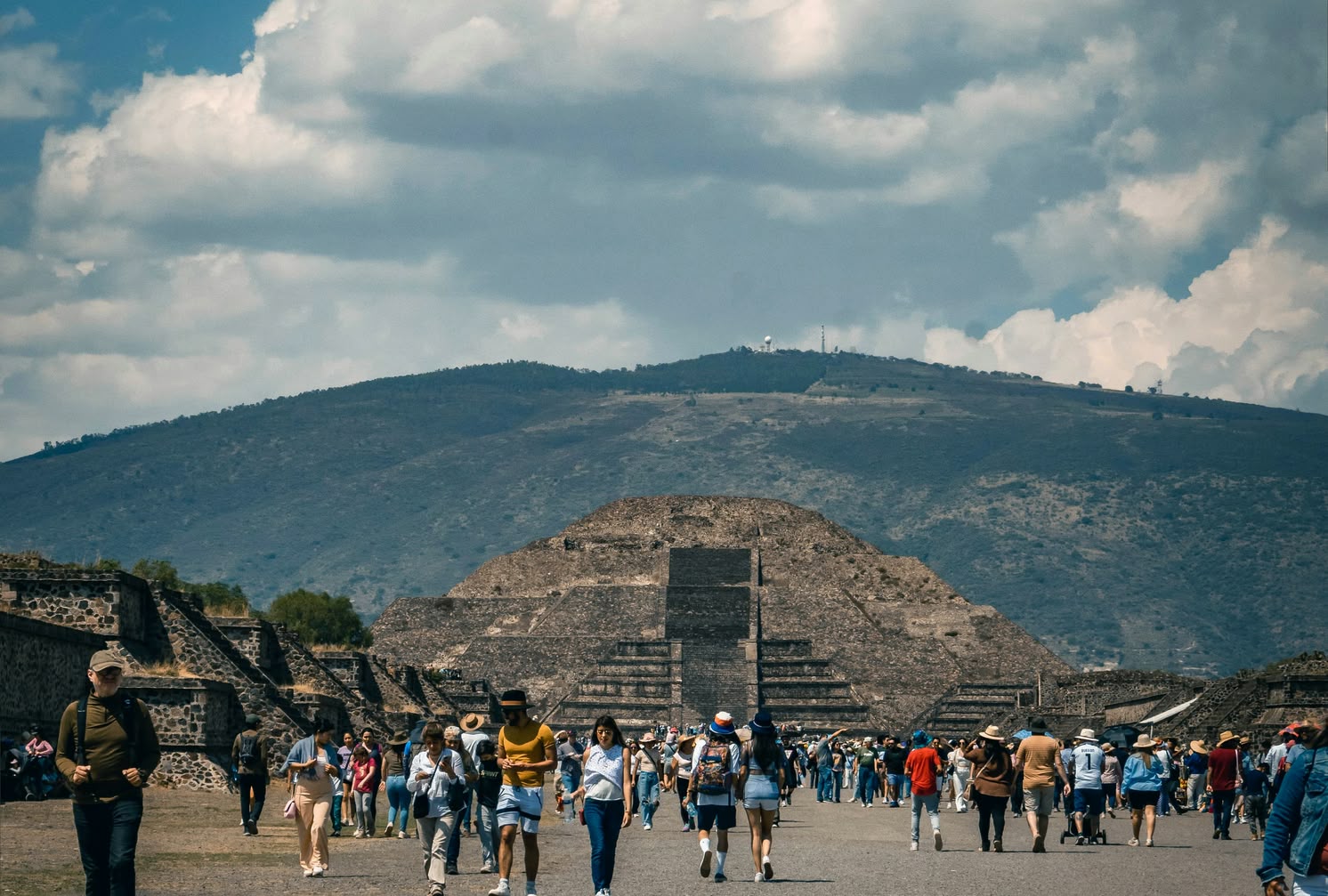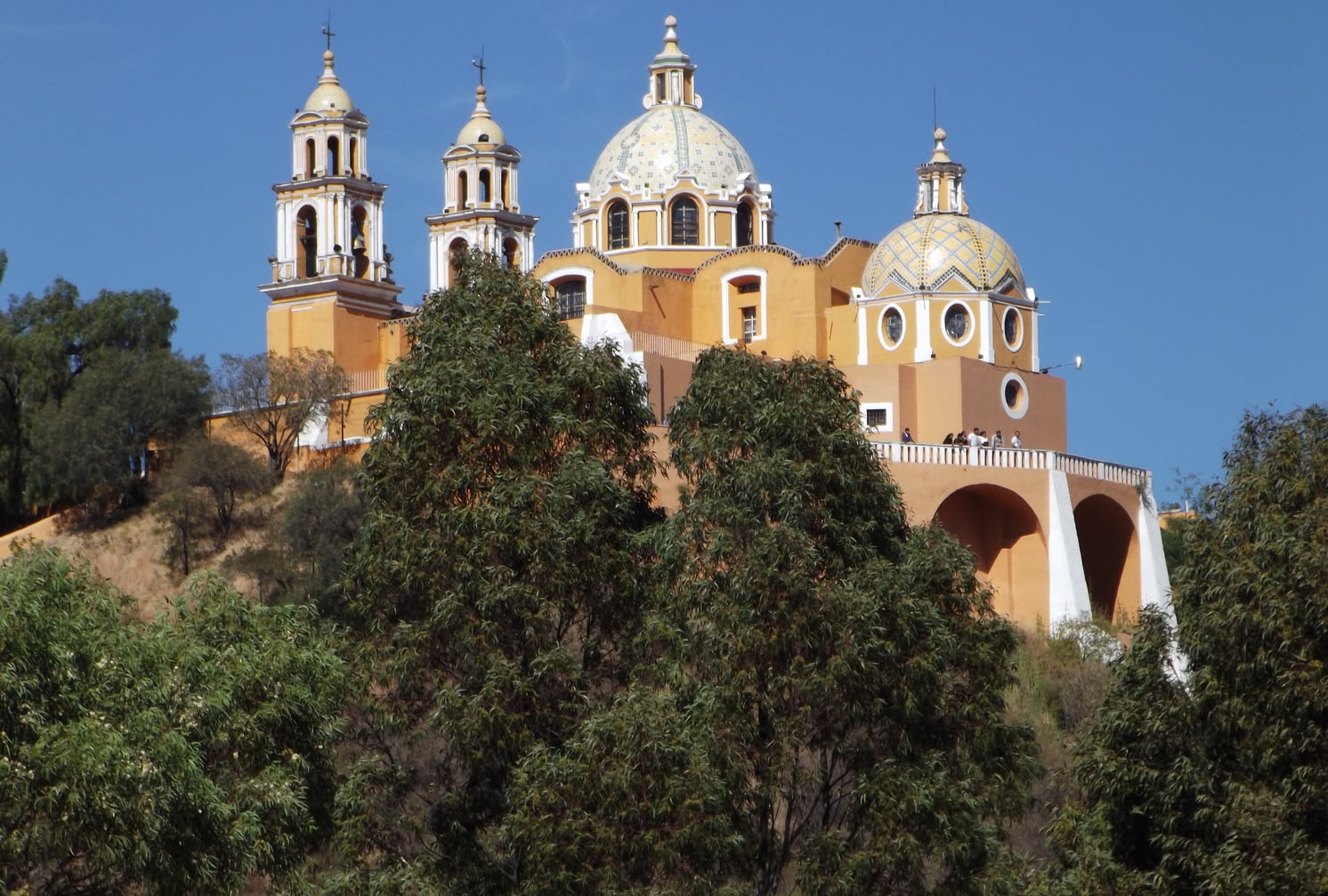Mexico country and people
Mexico's population has changed considerably over time due to strong growth and significant demographic changes. In particular, economic growth and targeted investments in the healthcare system have led to a higher life expectancy and an increase in the population. At the same time, linguistic diversity plays a major role, as indigenous languages as well as Spanish characterise Mexico's cultural heritage and identity.
Demography
With around 130 million inhabitants, Mexico is one of the most populous countries in the world and the largest Spanish-speaking country. The majority of the population lives in urban areas, with Mexico City and the surrounding metropolitan region forming the densest population centres. The population is predominantly made up of mestizos (people of mixed European and indigenous descent), indigenous people and smaller groups of European and African descent.

Age structure
Mexico has a young population, with around 25% of Mexicans under the age of 15. The proportion of over 65-year-olds is around 8%. The country is undergoing demographic change, with the birth rate falling in recent decades and life expectancy increasing, which could lead to an ageing population in the long term. This change presents Mexico with new social and economic challenges, particularly with regard to healthcare and pension systems.

Health and life expectancy
Life expectancy in Mexico is around 75 years, with women living longer on average (around 78 years) than men (around 72 years). The healthcare system consists of a public and a private sector, with better access to healthcare in urban areas than in rural regions.
Mexico has made great progress in the fight against infectious diseases, but continues to face challenges from chronic diseases such as diabetes and obesity.

Don't miss the chance to make your dream trip a reality! Contact our experienced travel consultants now and let them inspire and advise you for your trip. Take the first step towards your unforgettable adventure!
Economy
Mexico's economy is the second largest in Latin America and is heavily export-orientated. Important economic sectors include the manufacturing industry, particularly the automotive and electronics sectors, as well as the agricultural sector, which produces corn, beans and coffee, among other things. The service sector, including tourism, is also a central component of the Mexican economy. However, inequality, poverty and high dependence on the USA as a trading partner remain challenges.
Education
The Mexican education system comprises primary schools, secondary schools and universities. Schooling is compulsory until the age of 14, and the education system is free and organised by the state. In rural areas, however, access to high-quality education is often limited, which affects opportunities for young people. Mexico has made great progress in literacy in recent decades, but the high drop-out rate at secondary level remains a problem.
Would you have known?
There is a small but significant German-speaking community in Mexico. This goes back to waves of emigration in the 19th century, when German immigrants settled mainly in cities such as Mexico City, Puebla and Guadalajara. Even today, there are German schools, cultural associations and even German businesses that keep the heritage alive and contribute to Mexico's cultural diversity. The German immigrants brought various dialects with them, especially Low German and Bavarian dialects, which are still spoken in some communities today.
Mexican Spanish & other languages
Spanish became the dominant language in Mexico during the Spanish colonial period from the 16th century onwards. The Spanish not only introduced their language, but also their culture and religion, which led to the marginalisation of the indigenous languages. Despite the diversity of indigenous languages that are still spoken today, Spanish is the official language and is used by the vast majority of the population.
Over the centuries, Mexican Spanish has developed into a unique variant of Spanish that has been heavily influenced by indigenous languages and local culture. Many words from Náhuatl (the language of the Aztecs) have been incorporated into the Mexican vocabulary, e.g. "tomate" and "chocolate". In addition to Spanish, 62 indigenous languages are officially spoken in Mexico, including Náhuatl, Mayan and Zapotec. These languages are particularly common in the southern regions of the country, such as Oaxaca, Chiapas and Yucatánare strongly represented.

Simple vocabulary for Mexico
| German | Spanish | Náhuatl or Aztec | |
| Hello | Hola | Niltze | |
| Thank you | Muchas gracias | Tlazocamati | |
| Bitter | Amargo | Xoco | |
| Water | Agua | Atl | |
| Chocolate | Chocolate | Xocolatl | |
| Maize | Maíz | Tlaolli | |
| Tomato | Tomato | Tomatl | |
| Sun | Sol | Tonatiuh | |
| Moon | Luna | Metztli | |
| House | Casa | Calli | |
Want to learn even more vocabulary for your trip?
Mexico round trips - culture, nature, history

Mexico Día de Muertos
- World-famous Mexican festival of the dead
- Archaeological sites of Oaxaca
- Cartagena's historic old town

Mexiko Cities and the Sea
- Aztec ruins of Teotihuacán
- Magical villages of Puebla, Cholula and Atlixco
- Relax on the beaches of Playa del Carmen

Traditional Mexico
- Hearty Mexican cuisine
- Ruins of Teotihuacán
- Magical villages of Cholula and Atlixco
Frequently asked questions - Population and language Mexico
The main language spoken in Mexico is Spanish, which is the official language of the country. However, there are also a number of indigenous languages that are spoken by around 6% of the population. These include languages such as Náhuatl, Mayan and Zapotec, which are spoken in various regions of the country. In total, Mexico officially recognises 62 indigenous languages, reflecting the country's linguistic diversity.
The population of Mexico is around 130 million people (as of 2024). Mexico is the most populous country in the Spanish-speaking world and the tenth largest country in the world by population. The majority of the population lives in urban areas, especially in Mexico City, which is considered one of the largest urban centres in the world.
Mexico's economy is the second largest in Latin America and is highly diversified. Important sectors include the manufacturing industry, particularly the automotive and electronics sectors, as well as exports to the USA, Mexico's largest trading partner. The country benefits from its membership of the USMCA trade agreement. Despite these strengths, Mexico continues to struggle with inequality and poverty, which affect economic growth.
Life expectancy in Mexico is around 75 years (as of 2023), with women living slightly longer on average (around 78 years) than men (around 72 years). This figure is influenced by various factors, including access to healthcare, economic conditions and lifestyle. In recent decades, life expectancy has steadily increased, although there are still differences between urban and rural regions.
The largest cities in Mexico by population are:
Mexico City (Ciudad de México): The capital and largest city in the country, with a population of over 9 million people in the metropolitan area and over 20 million in the metropolitan region.
Guadalajara: Capital of the state of Jalisco, with around 1.5 million people in the urban area and around 5 million in the metropolitan region.
Monterrey: An important industrial city in the north of Mexico, capital of the state of Nuevo León, with around 1.1 million inhabitants in the urban area and around 4.8 million in the metropolitan region.
PueblaCapital of the state of the same name, with a population of around 1.5 million people.
Tijuana: A border city in the north of Mexico, directly on the border with the USA, with around 1.9 million inhabitants in the metropolitan region.
These cities are not only important economic and cultural centres in Mexico, but are also well connected through their international airports
Indigenous languages are spoken in Mexico, particularly in the south of the country, where the highest density of indigenous population groups can be found. The most important regions include the states of Oaxaca, Chiapasand Yucatán. Cities like Oaxaca City, San Cristóbal de las Casas and Mérida are well-known centres where languages such as Zapotec, Mixtec, Tzotzil and Mayan are widely spoken. In these areas, indigenous cultures and languages are still deeply rooted in everyday communication and traditions.

This might also interest you
Security Mexico
Find out more about the current security situation in Mexico and travel to this fascinating country full of unforgettable experiences with a clear conscience!
Culture & Religion
Learn the most important facts about Mexico's diverse culture, characterised by indigenous traditions and Spanish heritage.
Nature Mexico
Discover the breathtaking nature of Mexico and plan your adventures to experience the most beautiful landscapes at the best time.
